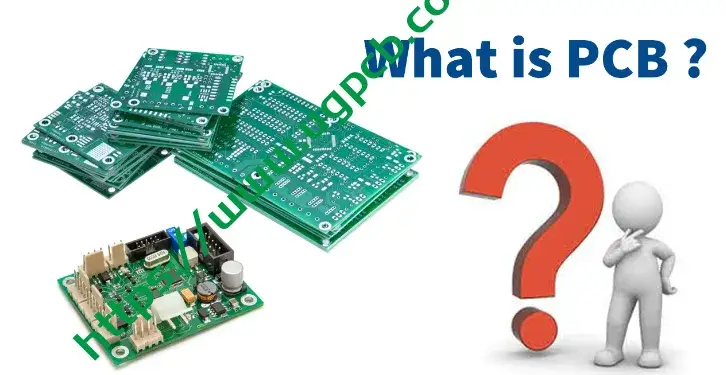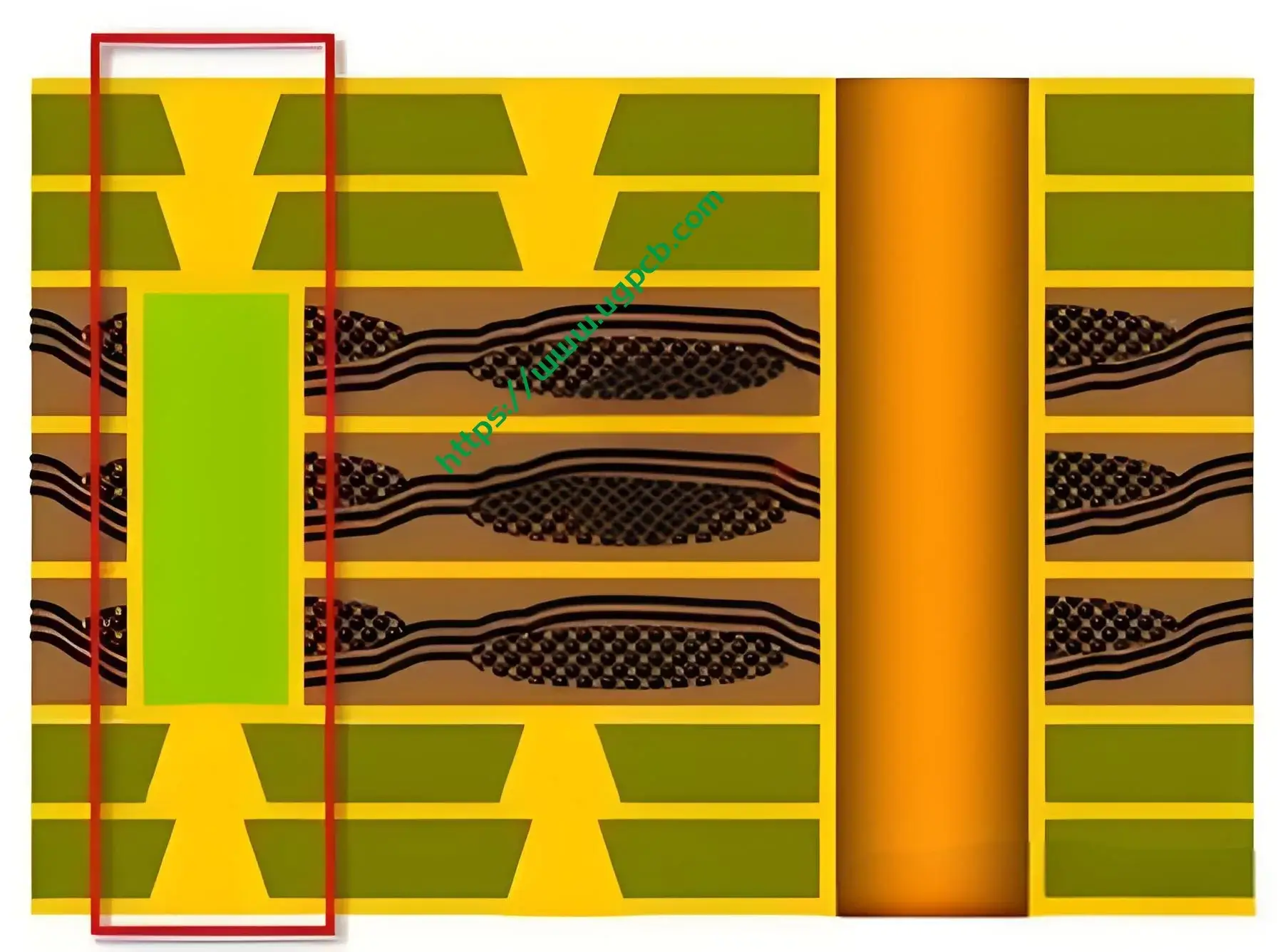プリント基板: 現代の電子機器の鼓動

プリント基板, プリント基板の略称, 現代の電子機器のバックボーンとして機能します. ベース基板から構築, 断熱材, そして銅箔, PCB は印刷およびエッチングプロセスを利用して回路を作成します. 代わりにPWBと呼ばれます (プリントワイヤーボード) 米国と英国, これらのボードは、さまざまな電子コンポーネントをサポートおよび接続するために重要です.
PCBの役割
PCBは、PCBAボード内の電子アセンブリをサポートするだけでなく、さまざまな電子部品の回路接続を提供する重要な電子部品です。. コンデンサを接続することにより, 抵抗器, インダクタ, ICチップ, その他の必要なコンポーネント, PCBSは、電子デバイスのマザーボードまたはメインボードとして機能します.
ほとんどすべての電子ガジェット, ヘッドフォンやバッテリーからコンピューターまで, 通信機器, 飛行機, 衛星, 自動車, 船, および医療機器, PCBに依存しています. プリント基板, プリント回路基板アセンブリの略です, さまざまな電子コンポーネントが入力されたPCBを指します.
PCBの起源
PCBの歴史はさかのぼります 1925 チャールズ・ドーカス, 加法プロセスの先駆者, 絶縁基板に回路パターンを印刷し、電気めっきを使用することにより、配線用の導体を成功裏に作成しました. で 1936, ポール・アイスラー, 減算プロセスの先駆者, ラジオで最初に使用されたPCB.
軍事無線でのPCBテクノロジーの適用はで始まりました 1943, そしてによって 1948, 米国は、商業利用のためにPCBを正式に承認しました. 1950年代, CCLとラミネートボードの結合強度とはんだの問題の解決により, 銅エッチング法は主流になりました, PCBは広く使用され始めました. それ以来, PCBは電子産業を支配しています.
PCBテクノロジーの進化
1950年代の片面PCBから、次の数十年で両面のPCBまで、そして多層PCBまで, 業界は大きな進歩を目撃しました. 1970年代には、多層PCBの急速な発展が見られました, 高精度に向かって移動します, 高密度, 細い線, 小さな穴, 高い信頼性, 低コスト, 自動化された連続生産.
1980年代, 表面実装技術 (SMT) スルーホールマウントを徐々に交換しました, 超高層多層PCBと高密度の相互接続 (HDI) ボードは栄えました. 1990年代までに, パッケージングテクノロジーは、クアッドフラットパッケージから進化しました (MF) ボールグリッドアレイへ (BGA), PCBに小さな回路を開発するように促します.
21世紀に, 高密度BGA, チップスケールパッケージ, ICパッケージング基板用の有機ラミネート材料は、PCBテクノロジーの急速な成長を見てきました. PCBは単一層から二重層に進化しました, 多層, フレキシブル, 剛性のない組み合わせ, 金属ベース, セラミック, もっと, それぞれが独自の開発動向を維持しています.
PCBの機能
PCBの前, 電子コンポーネントは、ワイヤを介して相互接続されていました. PCBは、統合回路やその他の電子コンポーネントの修正と組み立てのための機械的サポートを提供します, 配線と電源接続を有効にします (信号伝送) またはそれらの間の電気断熱材. また、特徴的なインピーダンスなどの必要な電気的特性も提供します.
電子デバイスでPCBを採用すると、手動の配線に関連するエラーが回避されます, 自動コンポーネントの挿入またはマウントを容易にします, はんだ, そしてテスト, 製品の品質を確保する, 生産性の向上, コストの削減, メンテナンスを簡素化します. PCBはアセンブリとはんだ付けを簡素化します, 従来の配線作業負荷を減らします, そして、労働強度を明るくします.
PCBの分類
アプリケーションによって
- 消費者PCB: おもちゃで使用, カメラ, テレビ, オーディオ機器, 携帯電話, ライト, 家電製品, 等.
- 産業用PCB: セキュリティで使用されます, 自動車, コンピュータ, 通信デバイス, 楽器, 産業コントローラー, 等.
- 軍事PCB: 航空宇宙で使用されます, レーダー, 軍事船, および軍事通信機器.
ベース素材によって
- 紙ベースのPCB: フェノール紙ベースおよびエポキシ紙ベース.
- ガラス布ベースのPCB: エポキシガラス布ベースとテフロンガラス布ベース.
- 合成繊維PCB: エポキシ合成繊維ベース.
- 有機フィルムベースのPCB: ナイロンフィルムベース.
- セラミック基板PCB.
- 金属コアベースのPCB: 鉄, アルミニウム, 銅.
- 炭化水素化合物PCB.
- セラミックパウダーPCB.
- PTFE, Teflon PCBS.
構造によって
- リジッドPCB
- 柔軟なPCB
- 剛性のない組み合わせPCB
レイヤーカウントごとに
- 片面PCB: 片側にコンポーネントとマーキングを備えた1層ボード、もう一方の側に回路があります.
- 両面PCB: 両側の回路はVIASを介して接続されています.
- 多層PCB: 内部回路層を含む, 通常 4 に 20 レイヤー.
- HDI PCB: マイクロバイアスと埋めたVIAを備えた高密度相互接続ボード, 携帯電話のマザーボードで一般的に使用されます.
PCBの構造
PCBは、銅で覆われたラミネートで構成されています (CCL), プリプレグ (PPシート), 銅箔, はんだマスク (はんだ抵抗としても知られています), およびシルクスクリーン層. 表面処理は、露出した銅箔を酸化から保護し、効果的なはんだ付けを確保する.

CCL (銅覆われたラミネート)
CCL, または銅に覆われたラミネート, バインダーとしてエポキシ樹脂を含むガラス繊維布と銅箔を結合することによって作られた複合材料です. CCLは、PCBを製造するための基本材料です, 導電率を提供します, 絶縁, とサポート. パフォーマンス, 品質, PCBの製造コストは、主にCCLに依存しています.
プリプレグ (PPシート)
プリプレグ, PPシートとも呼ばれます, 多層PCBの生産に使用される主要な材料の1つです. 樹脂とガラス繊維布などの補強材で構成されています. トリプレグは熱と圧力の下で柔らかくなり、冷却時に固まります.
銅箔 – 回路層
銅箔, 薄い, PCB基板に堆積した連続金属箔, 指揮者として機能します. 絶縁層に準拠し、回路パターンを形成するようにエッチングされます. 一般的な銅箔の種類には、丸い銅箔が含まれます (ra) 電解銅箔 (編).
はんだマスク
はんだマスク, 通常は緑ですが、赤でも利用できます, 黒, と青, PCB上の永続的な保護層です, 水分を防ぐ, 腐食, 型, および機械的損傷. また、コンポーネントが誤ってはんだ付けされることを防ぎます.
シルクスクリーン層
シルクスクリーン層, 通常、はんだマスクの上にあります, コンポーネント値などの注釈とラベルを提供します, アウトライン, メーカーのロゴ, および生産日, PCBAのインストールとメンテナンスの支援.
PCB表面処理
表面処理とは、PCBの接続ポイントをコーティングすることを指します, パッドや接点など, 保護層付き. 一般的な表面処理には、鉛錫メッキが含まれます, 鉛フリー缶めっき, 有機はんだ付け性保存剤 (OSP), エレクトロレスニッケル/浸漬ゴールド (同意する), 浸漬シルバー, 浸漬ブリキ, および金指めっき. 環境規制の引き締めにより, 鉛缶のめっきが段階的に廃止されました, そして、ほとんどのPCBは現在、ROHSおよびハロゲンを含まない製造プロセスに準拠しています.
結論
PCBは、最新の電子機器に不可欠なコンポーネントです, エラーのない配線を促進します, 自動アセンブリ, および費用対効果の高い生産. 技術が進化するにつれて, PCBは引き続き適応します, それらが電子革新の基礎であり続けることを保証します.
 UGPCBのロゴ
UGPCBのロゴ

